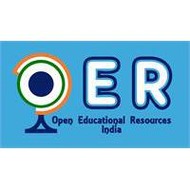Business Communication
(View Complete Item Description)Business communication also happens across channels. We have come a long way as the human race in terms of the channels we use to communicate with each other. With the development of language, much of communication was oral, with humans passing knowledge and information to other humans through the mouth. Sometimes we would use actions, whether through body language or through the use of other methods, such as smoke signals. However, most of communication was restricted to oral communication. With the invention of writing, we had yet another channel of communication, which turned out to be a little more permanent than speech. Information could now be recorded for posterity and knowledge could be passed down from father to son without the loss of accuracy.
Material Type: Module




















